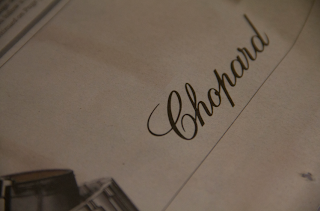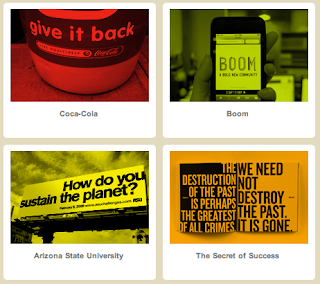What are the advantages of a multiple column grid? Gives room for experimentation, sturcture
_ How many characters is optimal for a line length? words per line? (ringherst reading) a character is the letter, space or punctuation. 40-50 is optimal...
_ Why is the baseline grid used in design? helps the skeleton of the body text structured...
_ What is a typographic river? gaps formed when justifying body text that you do not want... "you want a grey page" fix through hyphenating
_ From the readings what does clothesline or flow line mean? horizontal line to carry the eye... defined where text will hang
_ How can you incorporate white space into your designs? connecting text and text with title, white space on outside, ragged/justified text, adjusting column length and/or type size and typeface
_ What is type color/texture mean? change the weight, size, leading, tracking, column width to see different colors of grey
_ What is x-height, how does it effect type color? tall x-height will seem fuller/darker
_ In justification or H&J terms what do the numbers: minimum, optimum, maximum mean?
_ What are some ways to indicate a new paragraph. Are there any rules? new article, or subhead the first paragraph is not indented, never use default intend.. it should be equal or little more than leading, no intend if using space to denote a new paragraph
_ What are some things to look out for when hyphenating text? no two letters left behind, words that are shorter than for letters, no proper nouns. call outs should not leave lonely words (the should always be on same line in a callout), no more than three hyphens in a row
_ What is a ligature? connecting serif letters to create easy flow from usually difficult combinations, fi and et
_ What does CMYK and RGB mean? cmyk is print (additive) rgb is screen (subractive) most internet is rgb
_ What does hanging punctuation mean? having quotes jutting out to denote call outs
_ What is the difference between a foot mark and an apostrophe? footmark is straight " true apostrophe will have tiny angle and a serif (even with sans serif fonts)
_ What is the difference between an inch mark and a quote mark (smart quote)?
_ What is a hyphen, en dash and em dashes, what are the differences and when are they used. hyphen is shortest one, en dash (option shift) used between dates and breaks of train of though, space on either side, em dash is long, no space for break and denoting name
























































